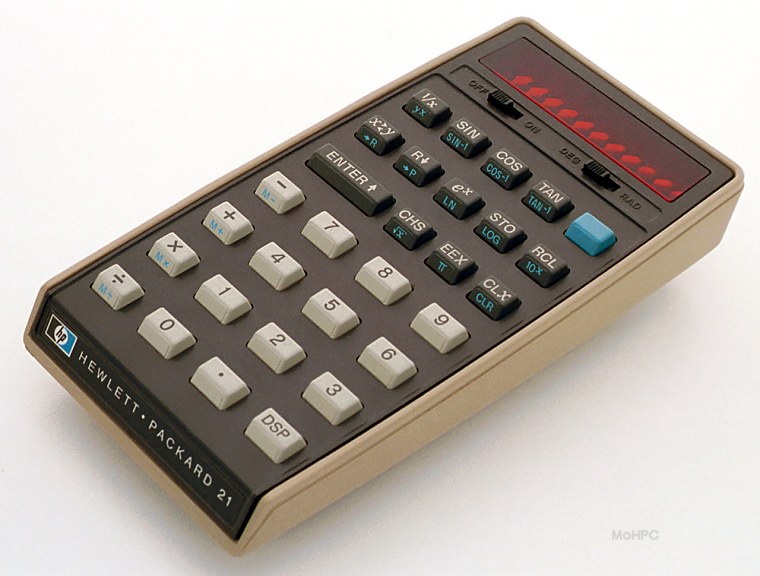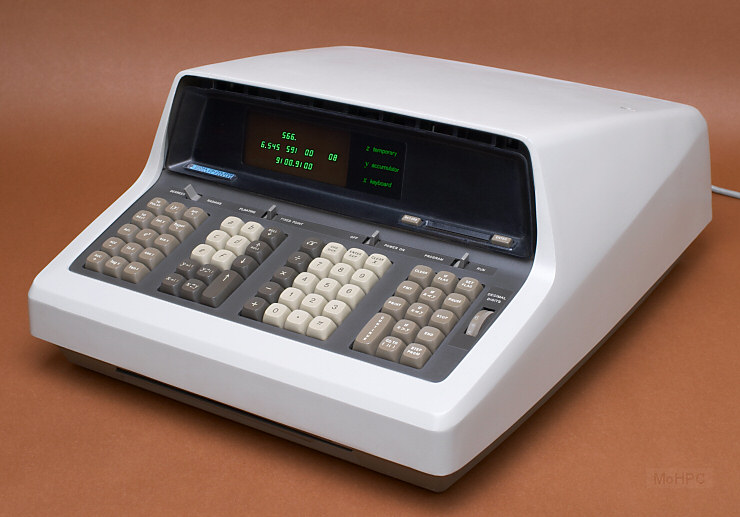Immediately upon graduation from BYU with my Electrical Engineering degree, I went to work for Naval Weapons Center in China Lake, CA, as a civil servant working for the Navy. The draws were the proximity to our parents (2.5 hours drive to either--not too close, not too far), the interesting work, and the security of working for the government. And the affordability of real estate (out in the high desert city of Ridgecrest).
I worked on the design of the AIM-9M, an improved version of the air-to-air heat seeking Sidewinder missile. The particular improvement of the 9M was the addition of counter-countermeasures to ignore decoy flares ejected by the target aircraft. I worked on fine tuning the electronic design through extensive lab and field testing.
One testing technique used an analog computer model of the missile circuitry and simulated input from a target jet engine, interrupted by the appearance and trajectory of the decoy flare. We measured success by the ability of the guidance electronics to ignore the flare and continue tracking the target.
Another technique was to use the actual missile electronics on a rotating table to simulate the trajectories and dynamics involved.
For field testing we set up the missile in a stationary ground station out in the desert and had jets fly over dropping flares. It was rather detailed work, and we typically worked through the night setting up the test for the following day.
But the ultimate test was shooting the missile at an actual target, which we did once (while I was there). The target drone, an old F86, was flown via remote control and the shooter was an F4 flown by a Navy test pilot. We planned the flight paths and trajectories, and stipulated two flare drops at two and three seconds after the missile launch.
When I think of all the effort and expense setting up this test I still marvel at some manual means of execution. In particular, I had the task of operating the remote control switch to release the flares at the appropriate two and three second marks. Needless to say, it was a very stressful, nervous responsibility as I would be such a flagrant goat if I botched it. As the time for missile launch arrived the test pilot screamed "Fox, Fox!!" over the radio, which I later realized signified missile launch. This caught me off guard, as we hadn't practiced this detail and I thought something was amiss. But, fortunately, I went ahead with my "thousand one, thousand two - flick -thousand three - flick" of the switch, and the test ended up a great success. Looking at the detail data afterwards it seems the first flare was about 1.8 seconds, followed by the second around 2.6 seconds, the time acceleration no doubt a consequence of the heightened excitement.
But I was so relieved afterwards, both about the test success and doing my job okay. Oddly, after all these years I still feel stressful when I think about this experience, and I think I've had some nightmares about it. Maybe my version of combat PTSD. In retrospect I can hardly believe they left such a crucial job to an inexperienced junior engineer. One of the managers was standing behind me, so perhaps he would have intervened if I botched it.
I spent a memorable and satisfying two years at NWC before deciding I preferred the private sector and went to work for HP in Boise, ID.



